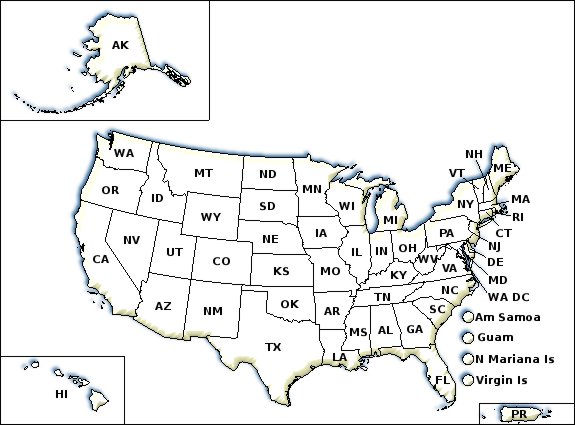Boxelder Bugs
1.800.858.7378npic@oregonstate.edu
We're open from 8:00AM to 12:00PM Pacific Time, Mon-Fri
A to Z
Boxelder Bugs

Boxelder bugs are nuisance pests. They do not sting or transmit disease, and are generally not known to bite, though there are rare reports of defensive biting. Boxelder bugs are not known to cause damage to homes or significant damage to plants. However, their feces can stain light colored surfaces. Smashing them can also release an unpleasant odor. They are often found in homes and on the sunny exterior sides of buildings. During the spring and summer, boxelder bugs feed and reproduce on female (seed-bearing) box elder trees. Occasionally, they may also feed on male box elder, maple, ash, and some fruit trees. This can sometimes result in minor deformities in fruits and leaves or yellow leaf discoloration. As winter approaches, boxelder bugs seek out shelter from the cold. They can fly up to two miles to find a suitable location in tree stumps, under debris, or within homes. There they remain mostly inactive until the early spring when temperatures begin to rise.
Control tips:
- Boxelder bugs can sometimes be confused with other similar looking insects. Consider contacting your Cooperative Extension Service for proper identification.
- If boxelder bugs are inside your home, consider vacuuming them up and disposing of the bag promptly. The vacuum bag can also be frozen overnight to kill the bugs inside.
- Boxelder bugs found inside your home can also be handpicked or swept up and discarded outdoors.
- Boxelder bugs do not reproduce inside homes, but find their way inside through windows, doors, ceiling lights, soffit and dryer vents, outdoor faucets, and along siding.
- Consider caulking or sealing any cracks and crevices around your home and installing screens and weather-stripping to exclude boxelder bugs.
- Wood stacks, leaf and rock piles, and overgrown plants near your home may provide shelter for boxelder bugs. Consider removing them.
- Consider washing boxelder bugs from your home exterior with water. Boxelder bugs, especially the young ones, can be drowned.
- Their primary food source, female (seed bearing) box elder trees, can be removed. If desired, male box elder trees (non-seed bearing) can be planted in their place.
- If you don't want to remove female box elder trees, consider keeping the ground below free of fallen seedpods.
- If you choose to use a pesticide, try a lower toxicity product first, and be sure to follow the label.
If you have questions about this, or any pesticide-related topic, please call NPIC at 800-858-7378 (8:00am - 12:00pm PST), or email us at npic@ace.orst.edu.
Boxelder Bugs
- Confirm their identity. Boxelder bugs can be confused with other bugs that look similar.
- Vacuum or sweep up boxelder bugs. Discard the bugs or vacuum bag promptly. You can also freeze the vacuum bag overnight to kill the bugs.
- Wash boxelder bugs from outside walls with water or soapy water.
- Caulk or seal cracks and crevices around your home. Boxelder bugs seek shelter wherever they can find it.
- Install door sweeps, garage door seals and screens on windows, soffits and dryer vents.
- Eliminate debris near your home that may provide shelter for boxelder bugs.
- Keep the ground below boxelder trees free of fallen seedpods.
- Remove female box elder trees. They can be replaced with males, which do not produce seedpods.
- If you choose to use a pesticide, read the label before you buy. Try a lower toxicity product first.
If you have a pesticide product in mind, have your label handy and click here for information about that product.
County Extension Offices
Through its county agents, the Cooperative Extension Service gives individuals access to the resources at land-grant universities across the nation. These universities are centers for research in many subjects, including entomology (the study of insects) and agriculture. Each county within the United States has an Extension office, which is staffed with agents who work closely with university-based Extension specialists to deliver answers to your questions about gardening, agriculture, and pest control. You can find the phone number for your local county extension office in the local government section (often marked with blue pages) of your telephone directory or by clicking on the map below.

U.S. States:
AK | AL | AR | AZ | CA | CO | CT | DE | FL | GA | HI | IA | ID | IL | IN | KS | KY | LA | MA | MD | ME | MI | MN | MO | MS | MT | NC | ND | NE | NH | NJ | NM | NV | NY | OH | OK | OR | PA | RI | SC | SD | TN | TX | UT | VA | VT | WA | WI | WV | WY | Washington D.C. |
U.S. Territories:
Puerto Rico | American Samoa | Guam | Northern Mariana Islands | Virgin Islands
Additional Resources:
- Boxelder Bug - Iowa State University
- Boxelder Bugs - University of Minnesota Extension
- Boxelder Bugs - Colorado State University Extension
- Boxelder Bug - PennState University
- Boxelder Bug - University of Vermont Extension
- Boxelder Bug - Cornell University Extension
- Boxelder Bugs - University of Maryland
- Boxelder Bug - Utah State University Extension
- How to Handle Boxelder Bugs (video) - Utah State University
